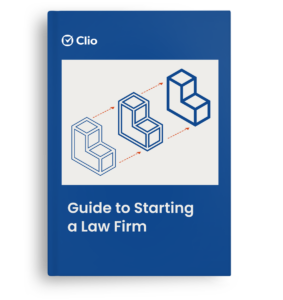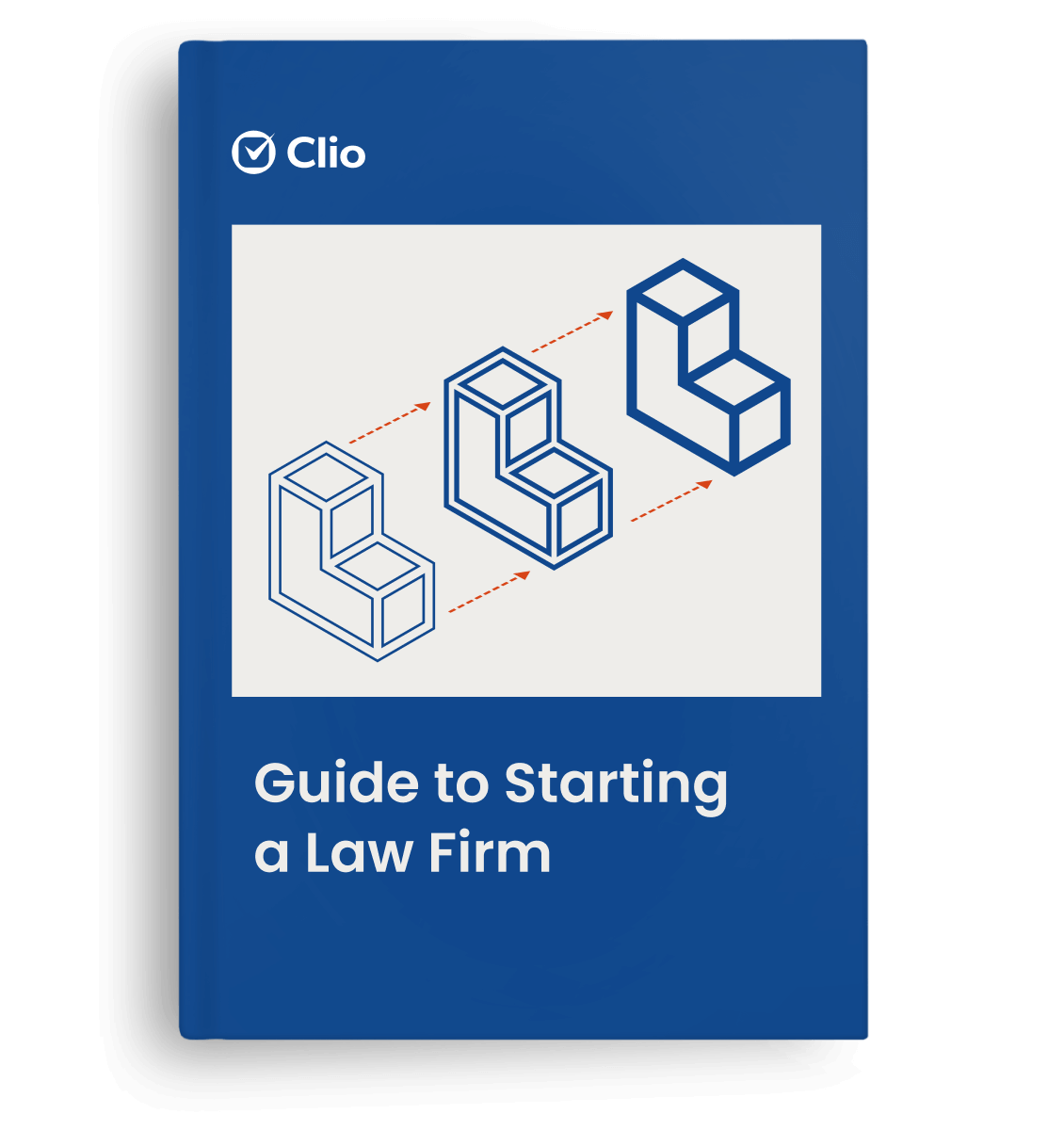“Agile law” has been a buzzword in the legal industry for some time now. And for good reason—Agile techniques have helped lawyers like Greg McLawsen increase efficiency and profits while keeping clients happier.
Agile law is effective, and it isn’t a secret. But to see the benefits of an Agile methodology for your law practice, you’ll need to implement it correctly.
To get you started, here’s a brief introduction to the Agile methodology and Agile law, along with three techniques you can start using right away.
What is Agile?
A technique traditionally used by software developers, the Agile methodology focuses on collaboration and responsiveness to change over rigid structures and processes. As per the Manifesto for Agile Software Development, the core principles of Agile are:
Individuals and interactions over processes and tools
Working software over comprehensive documentation
Customer collaboration over contract negotiation
Responding to change over following a plan
The idea is that by taking a flexible approach to project development, rather than a linear one, businesses can improve the quality and efficiency of their work while keeping employees more engaged, thus improving their bottom line.
Game-changers such as Google and Facebook have used Agile to achieve great success (just look at their stock charts over the past 10 years). However, Agile has now spread to other types of businesses, including companies like John Deere, Saab, and even public radio stations are now using Agile methods—the legal industry is no different.
The benefits of Agile law
The practice of law has seen a huge injection of efficiency in recent years. The rise of a “more-for-less” consumer culture is driving this shift, and to protect your firm’s profits, you have to stay efficient.
Running an Agile practice will help you do this. You’ll also achieve:
- Better visibility into your workflows
- Improved collaboration with staff and other lawyers
- A self-organized and motivated team
- An increased ability to react to changing regulations and client requirements
As a bonus, running an Agile practice may give you a competitive advantage. In John Grant’s piece, The Dawn of the Agile Attorney, solo attorney Jason Gershenson states, “When potential clients hear that I use Agile to run my law practice or see the kanban board in my office, they know that I’m committed to understanding my customer’s value proposition and delivering services that truly work for them.”
You may like these posts
3 Tips for becoming an Agile lawyer
- Use a kanban board
Your first step towards creating an Agile law firm is to start using a kanban board.
Agile has its roots in the Lean technique, also used by many lawyers. Both of these promote bringing a visual aspect to your workflow, allowing you to clearly and quickly see the progression of a task.
The best part? All you need are post-its, a wall, and ten minutes of organization to become an Agile lawyer.
Here’s how it works:
- Pick a blank wall (or a whiteboard) in your office.
- Use post-its to label three columns: “To do,” “Doing,” and “Done.”
- Write your tasks on post-it notes.
- Place these tasks under the appropriate column, moving them through as they progress.
- Trade in tasks for stories
It’s impossible to garner a true sense of accomplishment when the completion of tasks and successes disappear into a neverending stream of “work.”
With Agile, there’s a solution to this, and it can help you monitor your firm’s productivity while boosting personal and team morale. It’s called creating a “user story” (though, for lawyers, “client story” might be more appropriate).
To make a story, frame a problem in the form of a statement that needs to be solved (desired outcome), and end with a “why” (based on the needs of your client) in an open-ended sentence, like this:
As a _____, I need to be able to _____, so that I can ________.
This clearly represents the value your firm is delivering to your client, giving you a clear goal and sense of purpose.
Tip: Stories can be repeated to save time. This may be useful if you’re a niche practitioner, or if you start to create many high-level stories.
- Be retrospective
In addition to keeping a focus on getting things done quickly, the Agile methodology prioritizes looking back, analyzing performance, and making notes on what can be improved.
Typically, after one section of a project is completed, a team using the Agile method will meet to discuss:
- What went well that the team should keep doing?
- What didn’t go well that the team should stop doing?
- What should the team try that is different?
This is called a retrospective. Integrating this mindset will ensure that both you and your colleagues are forced to acknowledge your strengths and shortcomings, helping to improve processes moving forward.
What does this mean for law firms? Consider that, according to the 2019 Legal Trends Report, on average, lawyers in the United States log 2.5 billable hours in an eight-hour workday (and they bill and collect on even fewer hours). A lawyer looking to increase this number will likely want to optimize workflows to spend more time on billable work and less time on administrative tasks.
In short, scheduling retrospectives to review and optimize your processes could be a boon for your law firm.
Tip: Record and display answers in retrospectives to keep everyone aware of what’s been decided. Likewise, ask clients, partners, vendors, and friends for feedback. Finally, carve out some personal retrospective time: It’s more valuable than you might think.
Take time to adjust
Switching to an Agile practice, and becoming a more Agile lawyer, may take time. Be patient and give yourself time to settle into new routines.
And of course, it’s important to do what works for you—Agile law works for many legal practitioners, but it doesn’t work for everyone.
Either way, don’t be afraid to revamp your practice by trying something new. The tech industry did it, and it’s paid off in spades.
We published this blog post in November 2016. Last updated: .
Categorized in: Business









